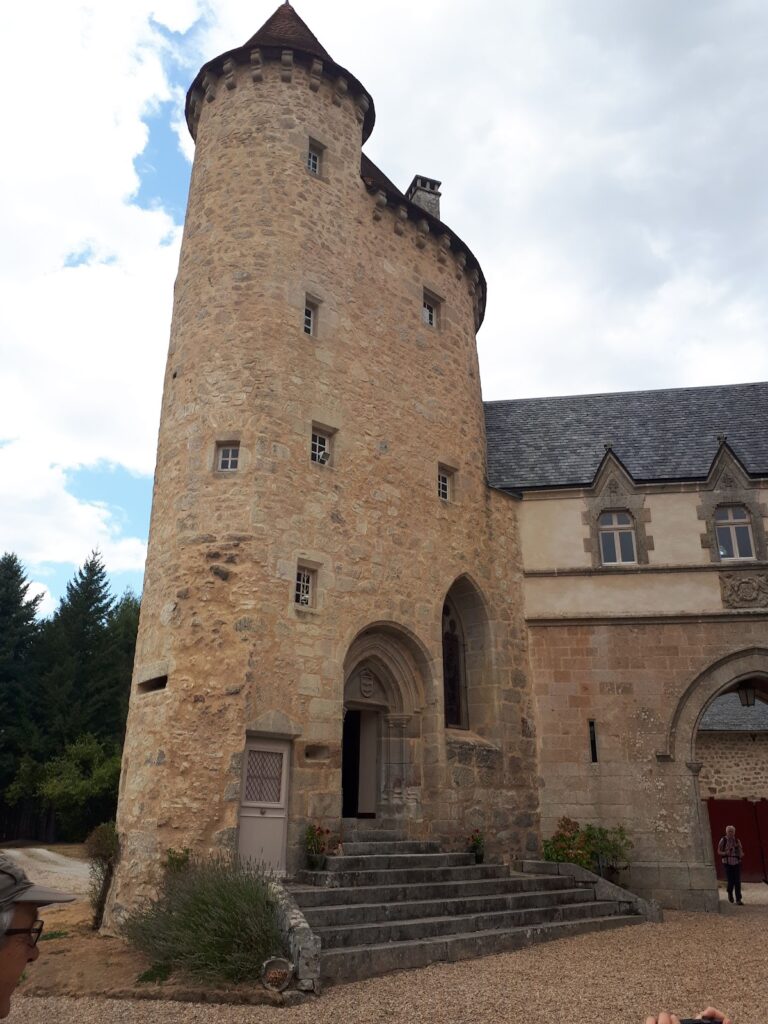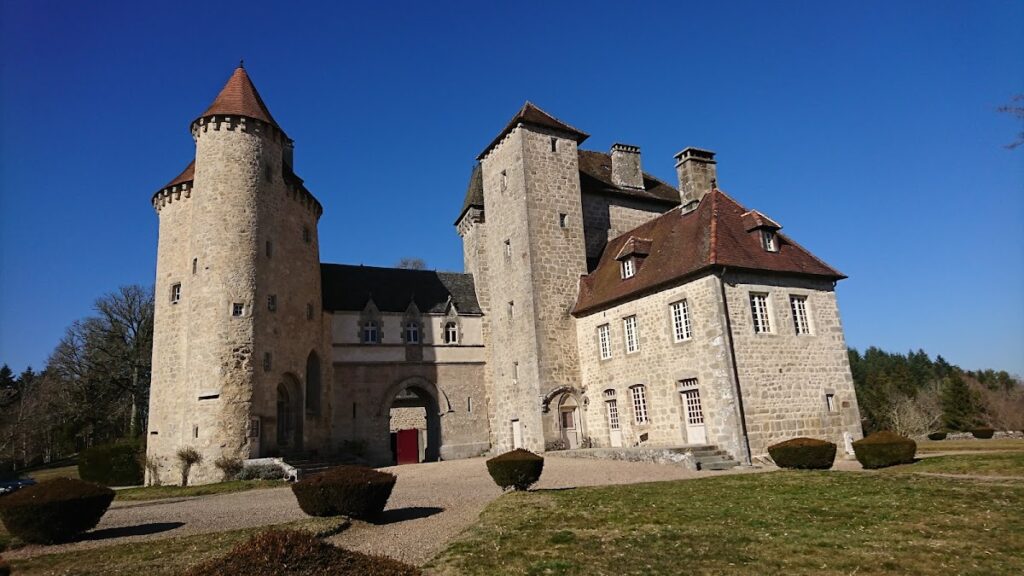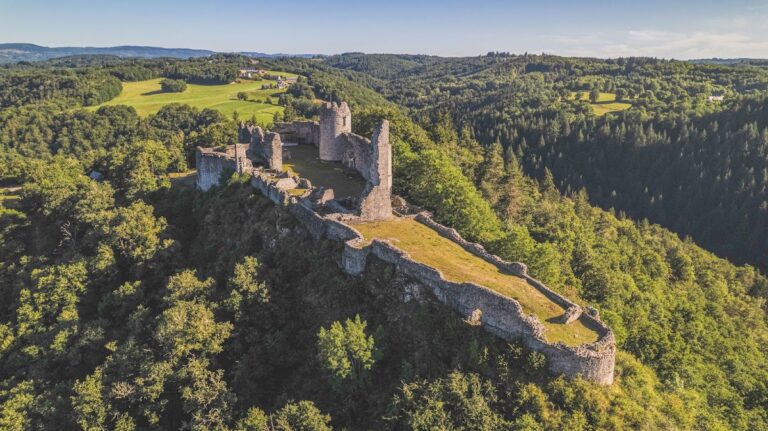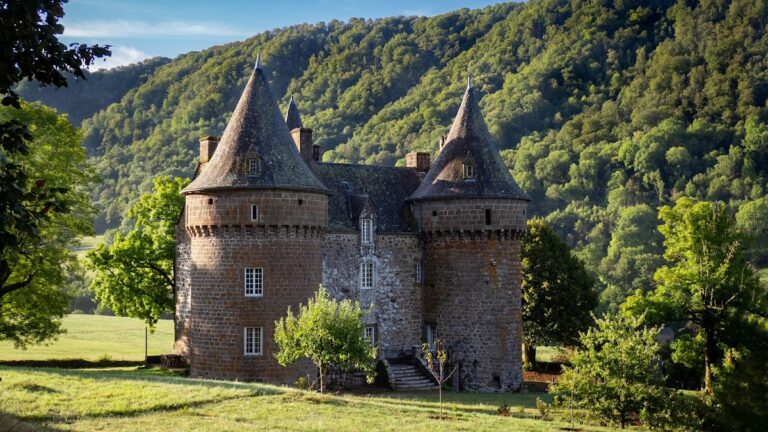Château de la Gane: A Medieval and Post-Medieval Castle in Saint-Exupéry-les-Roches, France
Visitor Information
Google Rating: 3.4
Popularity: Very Low
Google Maps: View on Google Maps
Country: France
Civilization: Unclassified
Remains: Military
History
The Château de la Gane stands in the commune of Saint-Exupéry-les-Roches, France, and was originally constructed during the medieval period by the local feudal nobility of that area. Its foundation dates back to the late 13th century, marking it as a residence for a seigneurial family within the medieval French landscape.
The castle’s earliest phase began in 1286, when Pierre-André de la Ganne established it as a fortified home. This initial construction laid the groundwork for a noble estate, reflecting the feudal system and social structures of the time. Ownership of the château changed hands through inheritance and marriage across the centuries. In 1432, Guillaume de La Brosse inherited the property, continuing its presence as a local seat of power during the late Middle Ages.
By the early 16th century, the château entered a new chapter under Antoine Andrieu, a member of the bourgeoisie who married into the noble family and was subsequently ennobled. This marked a notable social elevation aligned with changes in ownership and adaptation of the estate.
The château saw further transitions in the modern era, passing in 1772 to Jean-Joseph de Parel d’Espeiruc de la Chatonie and later in 1804 being acquired by Louis-Paul de Selve de Bity. These successive custodians maintained the site, which remained a symbol of continuity within the region. Over this extended timeframe, the castle evolved through several architectural and functional modifications, adapting to the needs and aesthetic sensibilities of its owners while preserving its noble stature.
In official recognition of its historical value, the château was designated a protected monument in 1980, affirming its importance within France’s cultural heritage.
Remains
The Château de la Gane presents a complex arrangement typical of a castle that developed over multiple centuries, combining fortification elements with residential and religious spaces. The overall layout centers on a principal residential building accompanied by additional wings and prominent towers, reflecting adaptations made from the late medieval period into the 19th century.
One of the most distinctive features is a large round tower dating from the late 15th or early 16th century. This tower contains a small chapel beneath a vault structured with radiating ribs — a form of architectural ribbing that distributes weight from the ceiling in a decorative pattern. Adjacent to this round tower is a modest turret that encloses a spiral staircase, facilitating access between floors. The tower’s stone construction betrays the military and religious functions this part of the castle served while highlighting its craftsmanship.
The main residential block extends as a rectangular building rising three stories. It is accompanied by a square stair turret, which provides vertical circulation within the dwelling. In the 18th century, a lower wing was added to the complex, broadening the living space and adapting to the lifestyle demands of its occupants.
A later 19th-century addition links the round tower to the main building through a wing adorned with turrets and windows designed in the neo-Gothic style—a revival architectural trend that drew inspiration from medieval Gothic motifs. This wing features decorative elements that enhance the castle’s silhouette and articulate its historical layering.
Inside the chapel, decorations from the 18th century remain visible, combined with paintings and woodwork introduced during the 19th century, illustrating continued care and artistic investment in this sacred space. The castle grounds also include terraces and gardens, arranged to complement the structure and accessible within the estate’s perimeter.
Overall, the Château de la Gane maintains a well-preserved ensemble of medieval and post-medieval architecture whose fabric and artistic details echo the social transformations and enduring habitation it experienced across more than seven centuries.







